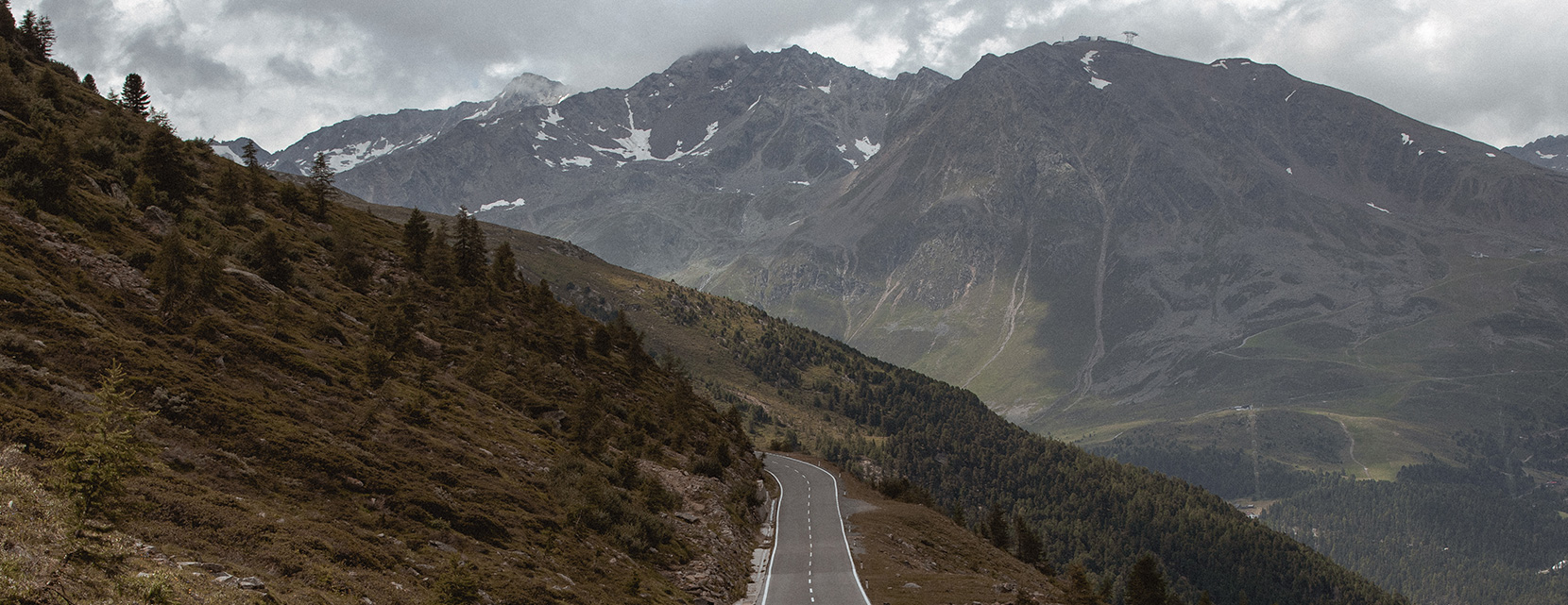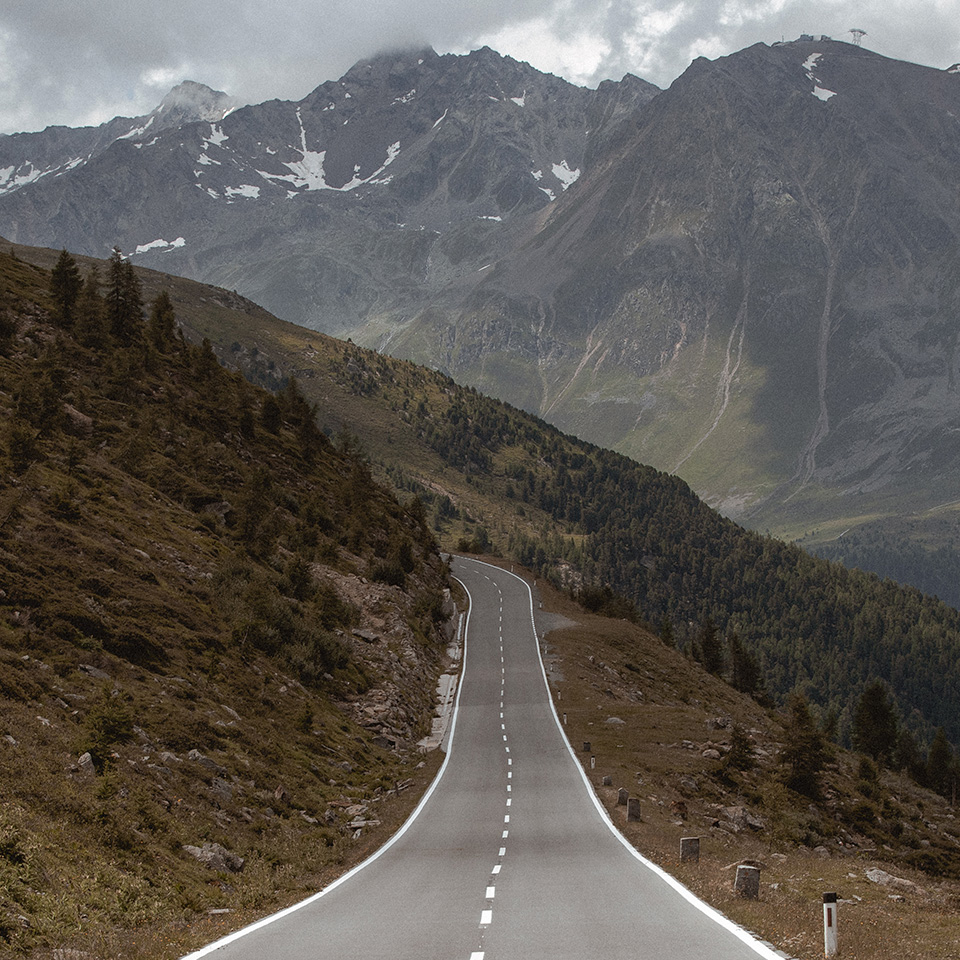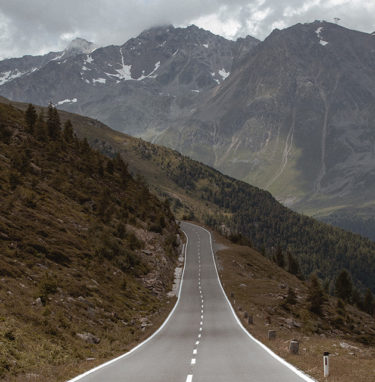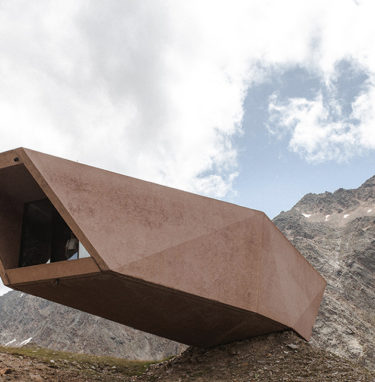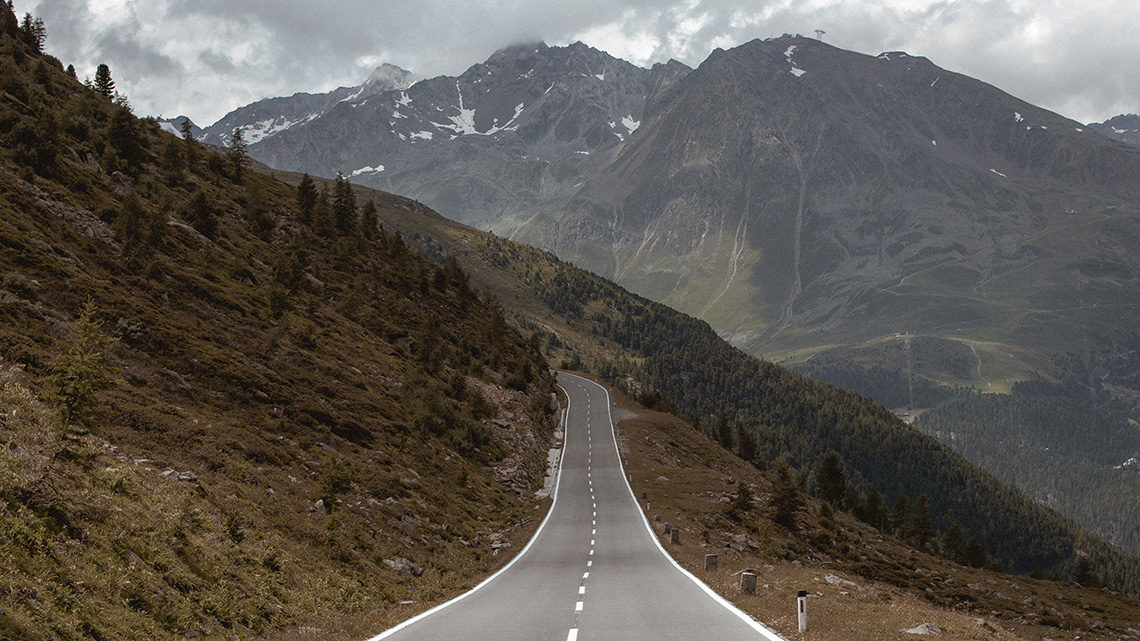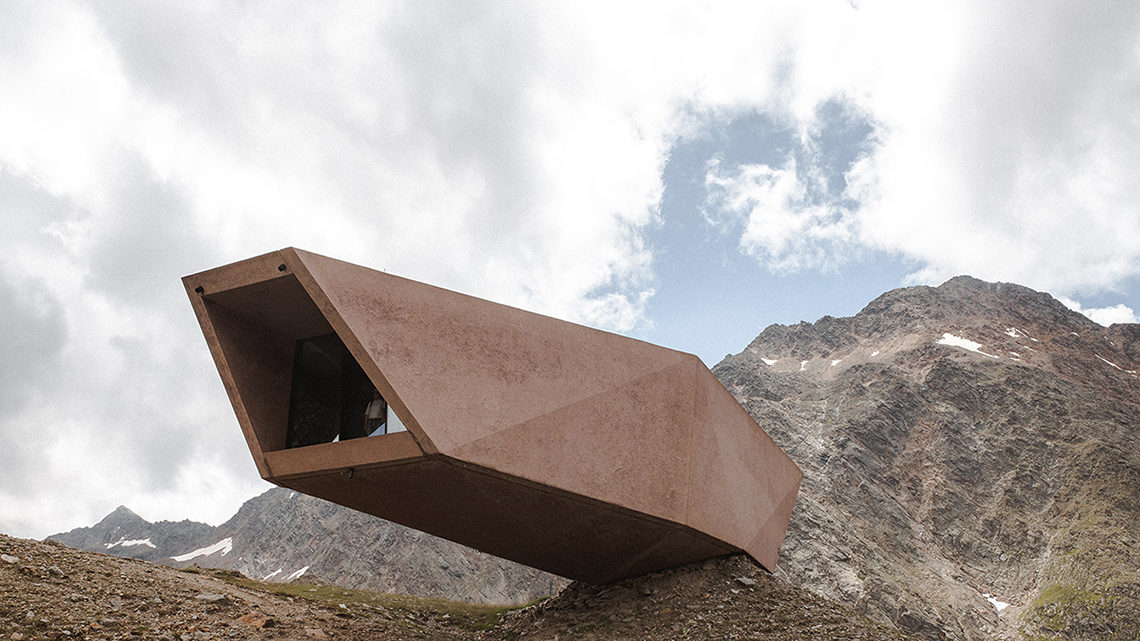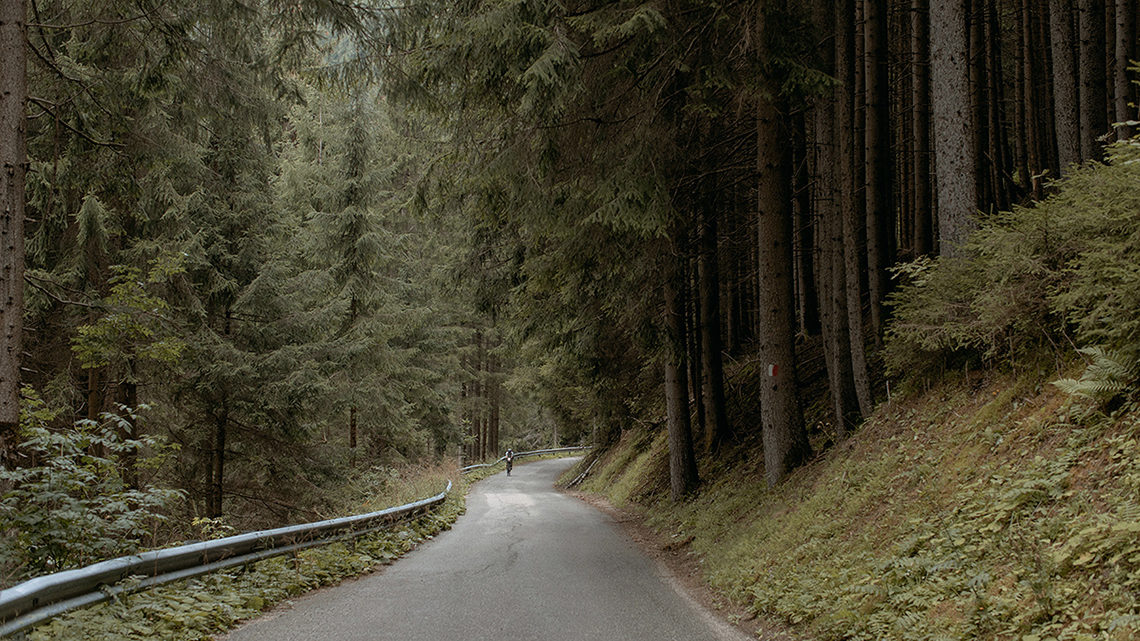In all the excitement about the savage off-road parcours leading to control point 2, it was easy to overlook what was coming next in the Transcontinental Race. The immediate challenge was to cross the 1,100km or so between southern Serbia and eastern Austria. Much of that long route is flat and relatively straightforward – if anything related to the Transcontinental can ever be described as straightforward. This is where the power-house riders settle into a big gear, hunker down on the aero bars and churn out the miles. The top riders aim to average 400km per day across the whole race, so they aim for daily totals up to 500km to compensate for days in the mountains when it’s all they can do to cover 200-250km. MORE CHALLENGING PARCOURS But if there’s one thing we’ve learned about the Transcontinental, it’s that the organisers don’t make things easy. To mark the race’s entry into the Alps, they added a 160km parcours section leading to the third control point at Pettneu am Arlberg. This 160km section features almost 5,000 metres of elevation, including some climbs that are as breath-taking to look at as they are to cycle up, including the stunning Timmelsjoch, the Passo Gardena and the climbs out of Barbiano and San Genesio. It’s a measure of race leader Fiona Kolbinger’s comfort in the hills that she reported no ill effects after this punishing parcours. She arrived at the third control point just after 1pm on day six of the race, looking as fresh as ever. There were no physical problems to report and no mechanical issues. She was surprised to be in the lead – but couldn’t see any reason why she wouldn’t hold onto it. This is a rider whose confidence is growing by the day. Not too far behind the leaders, the four surviving fizik ambassadors are all going well and seem in good spirits, although one of them, Levy Bagoly, had a tough first few days. He says: “I started to have really bad cramps, first in the left leg that was on pedalling duty, and then in the right one too. Advancing became almost impossible. But I forced my way to CP1. Once I got there I found out that I’d already fallen to 117th position. It was a bummer. I got down to Gabrovo and thought about scratching. But as Mike [Hall, Transcontinental founder] has underlined many times, you should never scratch in the night. So in the morning I decided to go on but not to force it. Ever since I’ve been feeling better and better and I’ve fought my way back into the top 20. It’s nice here so I’d like to stay.” DECISION TIME After control point three, the riders have a big decision to make. There are two obvious routes to the fourth control point at Alpe d’Huez in the French Alps: south through Italy or north through Switzerland. Which one riders choose could significantly shape the end of the race. Both routes are about the same length and include roughly the same amount of climbing. The Italian route might be perceived as the less challenging option – there’s a bit less up and down to contend with – but it also includes the relatively narrow, busy, poorly kept roads of the Po Valley, where things can also get blisteringly hot. The roads on the Swiss route are just more Swiss: smoother, broader and safer.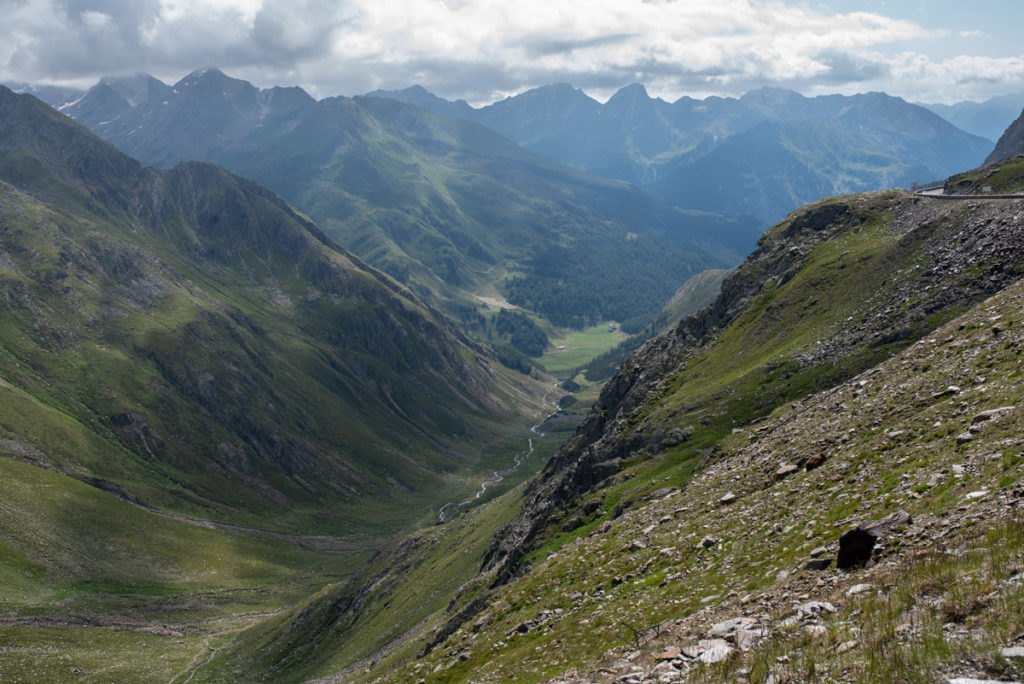
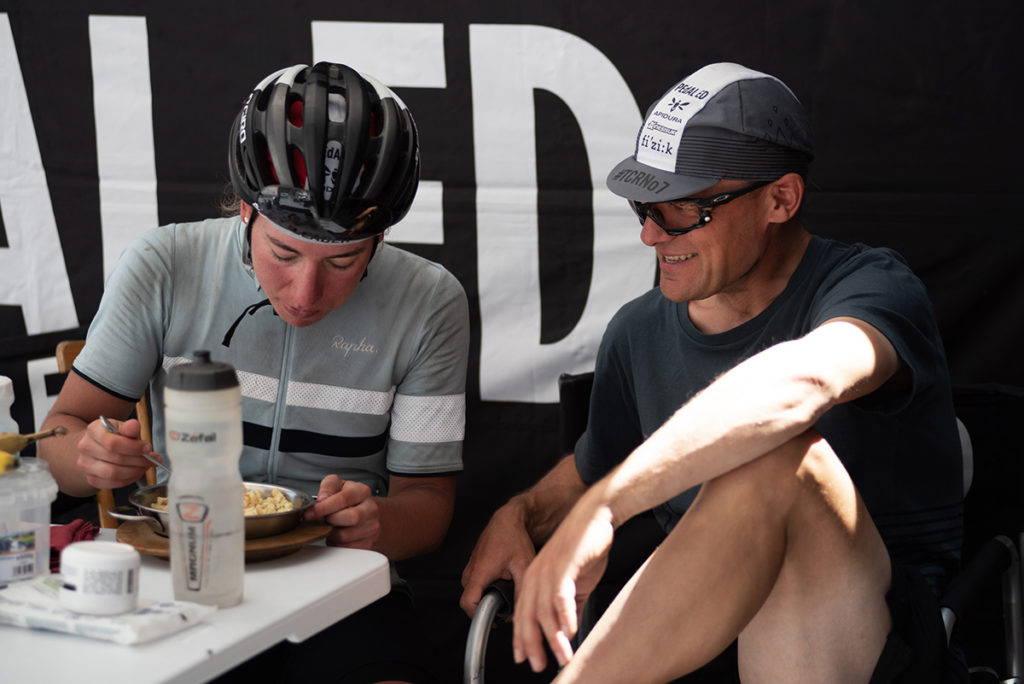
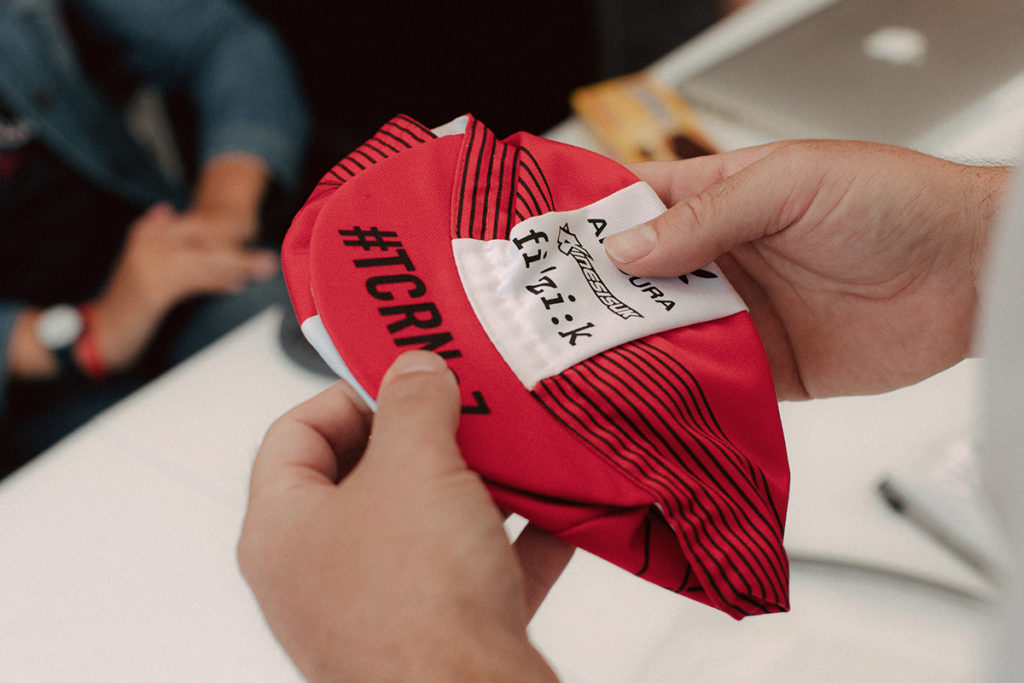
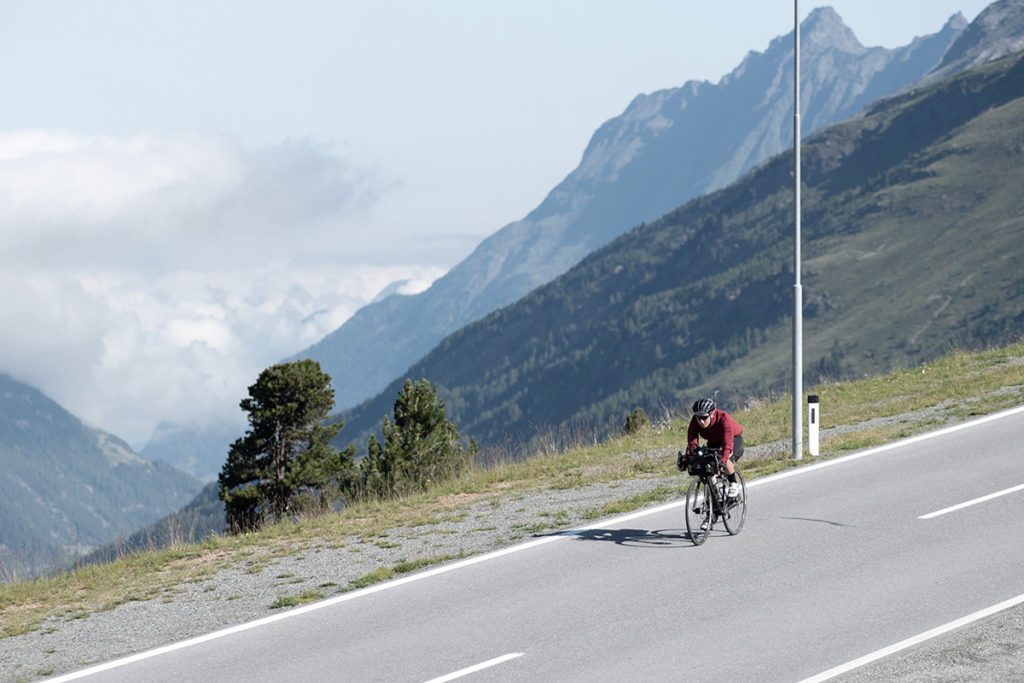
Fiona went north into Switzerland. Only time will tell if it was a wise choice. Whichever way the riders choose, at the end of the 600km leg lies yet another challenging parcours – featuring even more climbing than the last one. The TCR hasn’t finished dishing out the punishment just yet.

